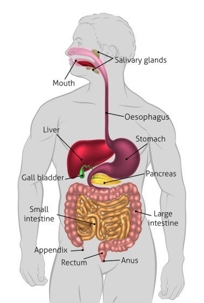Schedule a Consultation
216-621-3000Schedule a Consultation
216-621-3000
In the wake of recent press about the Zika virus and problems with microcephaly, the CDC now reports the rise of a birth defect known as gastroschisis. This is of particular concern because there is no known cause.
Gastroschisis is a marked by the intestines, stomach and/or liver pushing through a hole in the newborn’s belly. The organs end up partially on the outside of the baby’s body. The only way to repair this problem is through surgery.
The hole is caused during the baby’s in utero development, when the stomach muscles do not form correctly. Exposure to amniotic fluid can irritate the organs, and cause other problems. According to the CDC, even after surgical repair the child can have problems with “feeding, digestion of food, and absorption of nutrients.”
Diagnosis can occur after birth, but in some cases prenatal screening may catch it—through ultrasound or a blood test. Doctors should monitor for this condition during pregnancy
Though it is not conclusively known what causes gastroschisis, studies have shown that younger mothers are more likely to have children with this condition than older mothers. In the teenage subgroup, white teenagers are more likely to have children with gastroschisis than black teenagers. It is also more prevalent among women who smoke or consume alcohol. There is no indication that it is inherited.
In a recent report the CDC determined that cases of gastroschisis have increased twofold from 1995 to 2005, and has moved up even since then. It is still relatively rare, with around 1,800 babies born in the U.S. every year with gastroschisis.
Image Via Wikimedia Commons

